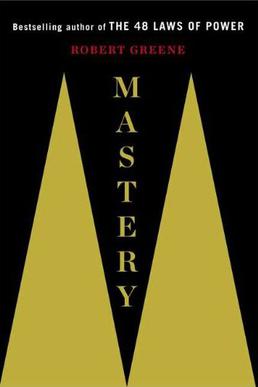I googled 'study methods medical student', and I came across what I would soon become familiar with as the best flashcard program I've ever used.
The heart of this program lies in the usage of the forgetting curve.
Anki program uses this very concept for forgetting curve in a flashcard program that is a great tool for all students. Considering that after 10 days, you would have a 60% chance of remembering a key concept or problem, Anki will show cards to you that you are weak in (higher chance of forgetting), and present them to you until you are very strong (memorized). This way, you are very efficient with your study time. You'll never have to worry if you actually remember a concept or not, Anki will know.
For studying pathways, I love to draw things out. With a variety of colors and certain figures, it'll help the brain visualize the pathway and have an easier task in recalling the information. Sometimes I'll have to draw it several times to remember it.
We'll take the following example from Wikipedia concerning glycogen metabolism, specifically synthesis and breakdown.
Synthesis
Glycogen synthesis is, unlike its breakdown, endergonic - it requires the input of energy. Energy for glycogen synthesis comes from uridine triphosphate (UTP), which reacts with glucose-1-phosphate, forming UDP-glucose, in a reaction catalysed by UTP—glucose-1-phosphate uridylyltransferase. Glycogen is synthesized from monomers of UDP-glucose initially by the protein glycogenin, which has two tyrosine anchors for the reducing end of glycogen, since glycogenin is a homodimer. After about eight glucose molecules have been added to a tyrosine residue, the enzyme glycogen synthase progressively lengthens the glycogen chain using UDP-glucose, adding α(1→4)-bonded glucose. The glycogen branching enzyme catalyzes the transfer of a terminal fragment of six or seven glucose residues from a nonreducing end to the C-6 hydroxyl group of a glucose residue deeper into the interior of the glycogen molecule. The branching enzyme can act upon only a branch having at least 11 residues, and the enzyme may transfer to the same glucose chain or adjacent glucose chains.
Breakdown
Main article: Glycogenolysis
Glycogen is cleaved from the nonreducing ends of the chain by the enzyme glycogen phosphorylase to produce monomers of glucose-1-phosphate:
Action of Glycogen Phosphorylase on Glycogen
In vivo, phosphorolysis proceeds in the direction of glycogen breakdown because the ratio of phosphate and glucose-1-phosphate is usually greater than 100.[12] Glucose-1-phosphate is then converted to glucose 6-phosphate (G6P) by phosphoglucomutase. A special debranching enzyme is needed to remove the α(1-6) branches in branched glycogen and reshape the chain into a linear polymer. The G6P monomers produced have three possible fates:
G6P can continue on the glycolysis pathway and be used as fuel.
G6P can enter the pentose phosphate pathway via the enzyme glucose-6-phosphate dehydrogenase to produce NADPH and 5-carbon sugars.
In the liver and kidney, G6P can be dephosphorylated back to glucose by the enzyme glucose 6-phosphatase. This is the final step in the gluconeogenesis pathway.
Clinical relevance
Now, as you can see in my picture of my drawing in Notability (iPad app), I associated the previous information in a picture that would make sense to me. A key part of this study technique is that you must have different colors. Just by having different colors, it can boost your memory of the image so much more.
When combining both Anki and drawing, you'll be unstoppable!




